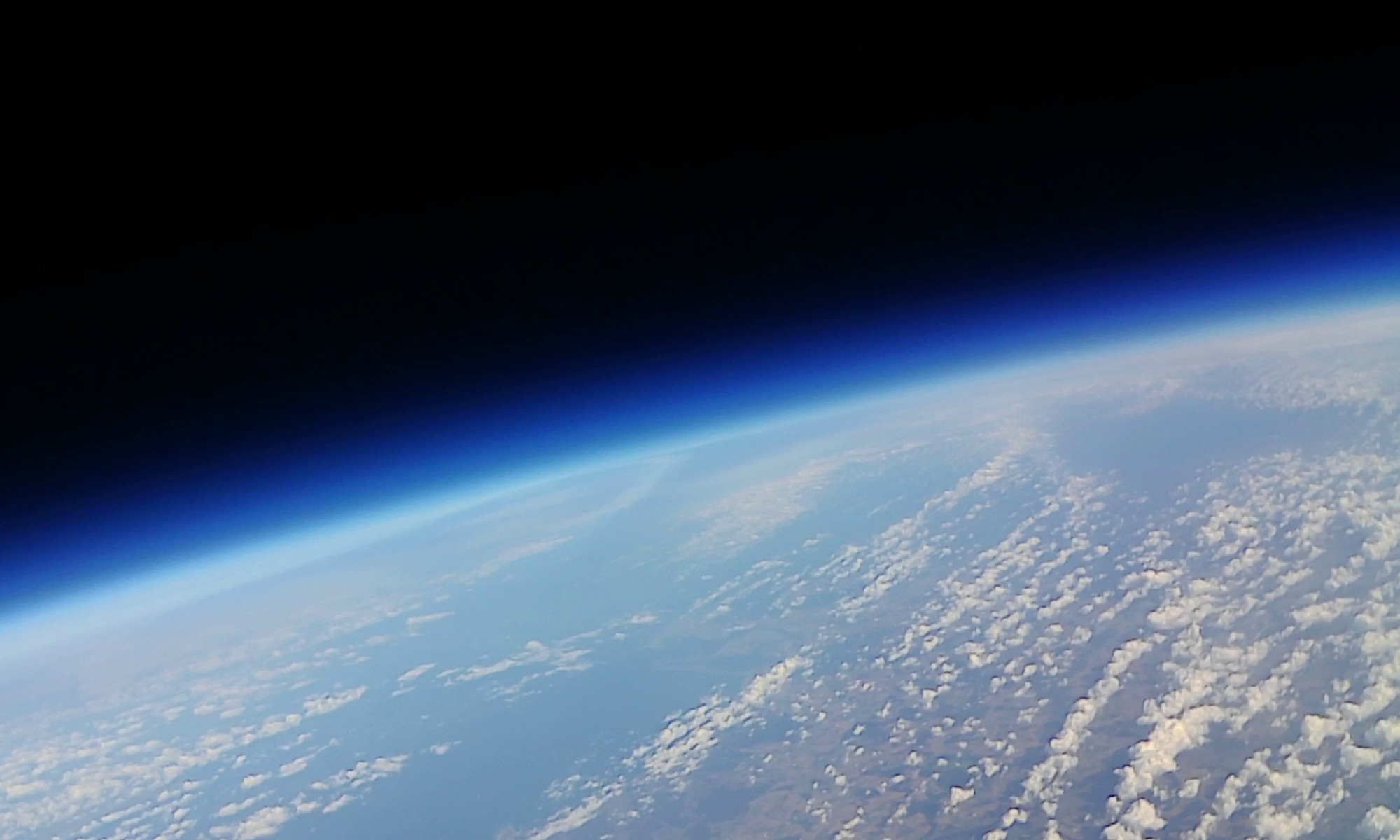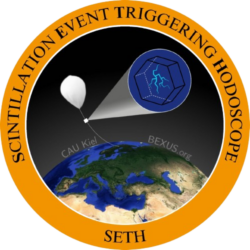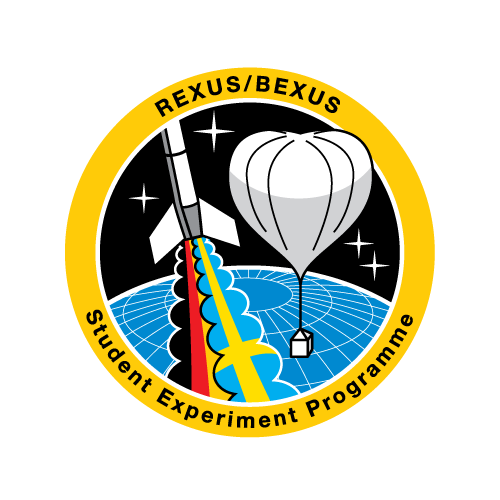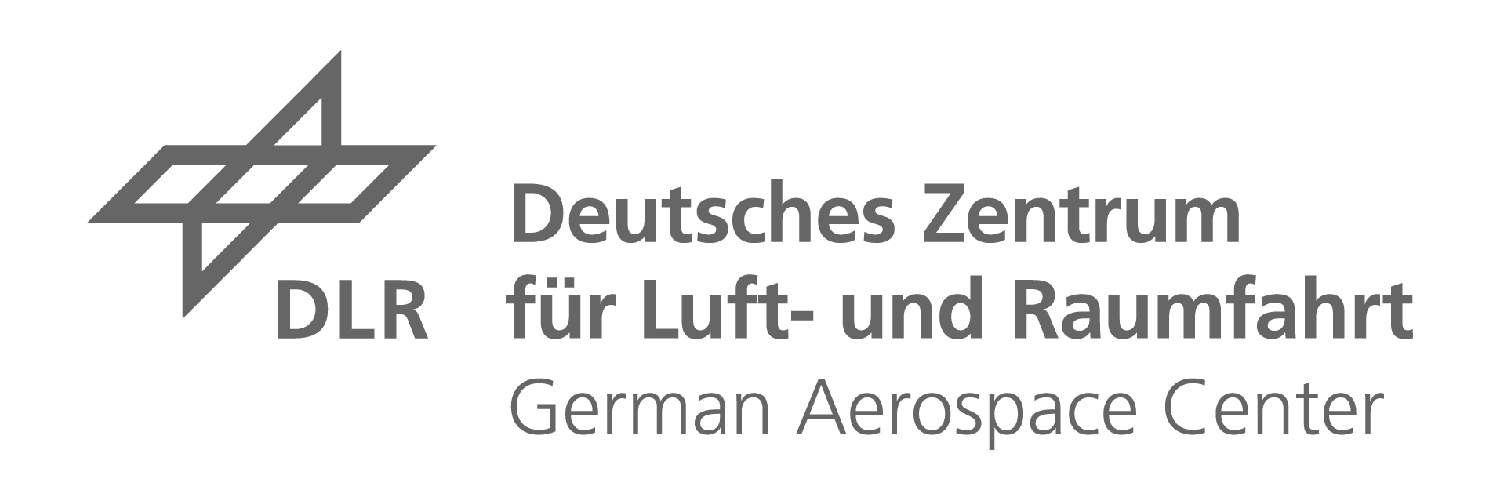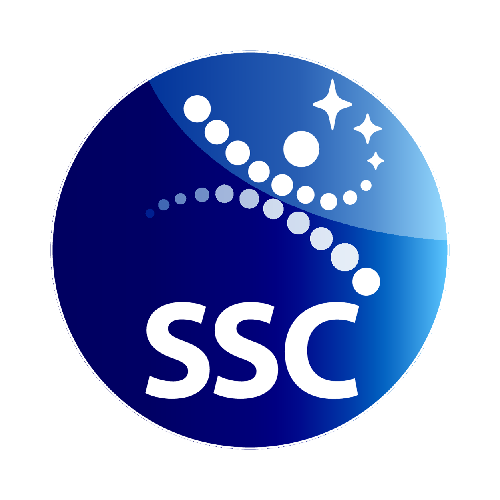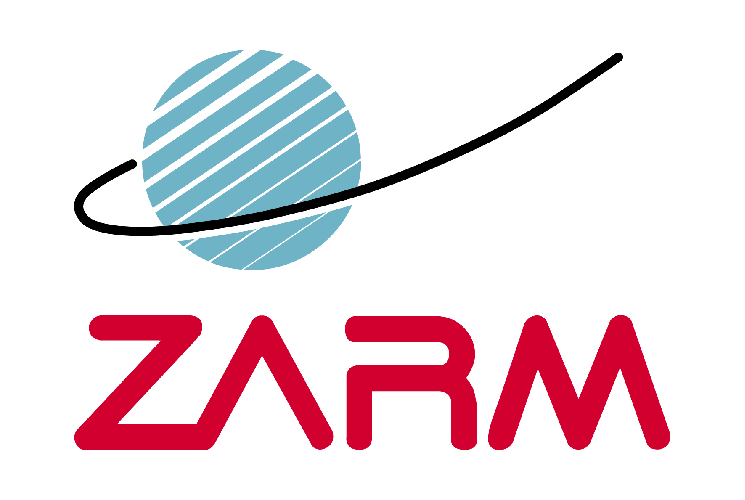Many different teams of students from the Department of Extraterrestrial Physics have already taken part in the REXUS/BEXUS program. BEXUS (Balloon Experiments for University Students) offers opportunities for students to conduct scientific and technological experiments on research balloons under special atmospheric conditions.
The REXUS/BEXUS programme is realised under a bilateral Agency Agreement between the German Aerospace Center (DLR) and the Swedish National Space Agency (SNSA). The Swedish share of the payload has been made available to students from other European countries through a collaboration with the European Space Agency (ESA). EuroLaunch, a cooperation between the Esrange Space Center of SSC and the Mobile Rocket Base (MORABA) of DLR, is responsible for the campaign management and operations of the launch vehicles. Experts from DLR, SSC, ZARM and ESA provide technical support to the student teams throughout the project. REXUS and BEXUS is launched from SSC, Esrange Space Center in northern Sweden.
A list of past BEXUS experiments from Kiel can be found here:
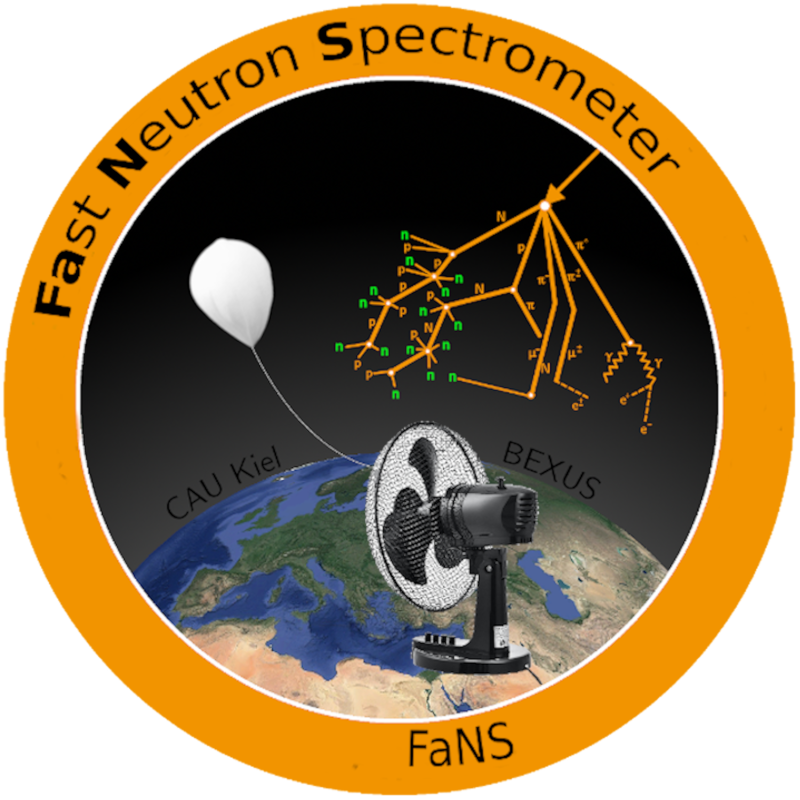 BX31-FaNS
BX31-FaNS
(Fast Neutron Spectrometer)
Launch Date: 29 September 2021
The interaction of primary cosmic rays with the molecules of the Earth’s atmosphere leads to a complex radiation field which consists among others of neutrons. FaNS has been developed to determine the flux of fast neutrons within the Earth’s atmosphere. The instrument consists of a boron-doped plastic scintillator which is optimized for the energy range from about 0.5MeV to above 10MeV.
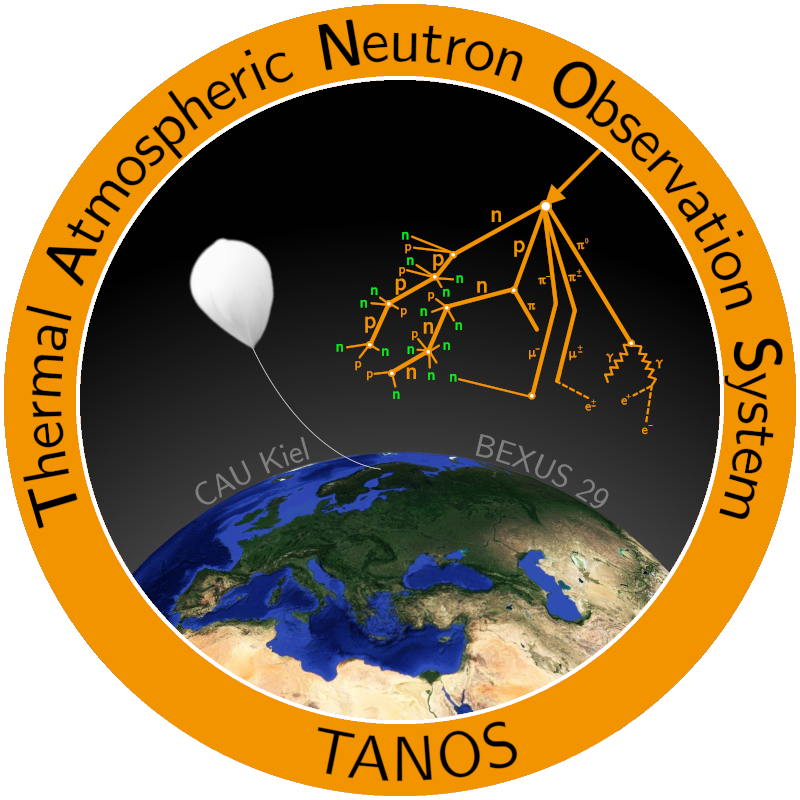 BX29-TANOS
BX29-TANOS
(Thermal Atmospheric Neutron Observation System)
Launch Date: 23 October 2019
To measure thermal neutrons above the Pfotzer maximum at around 25 km height.
To test gadolinium for thermal neutron detection.
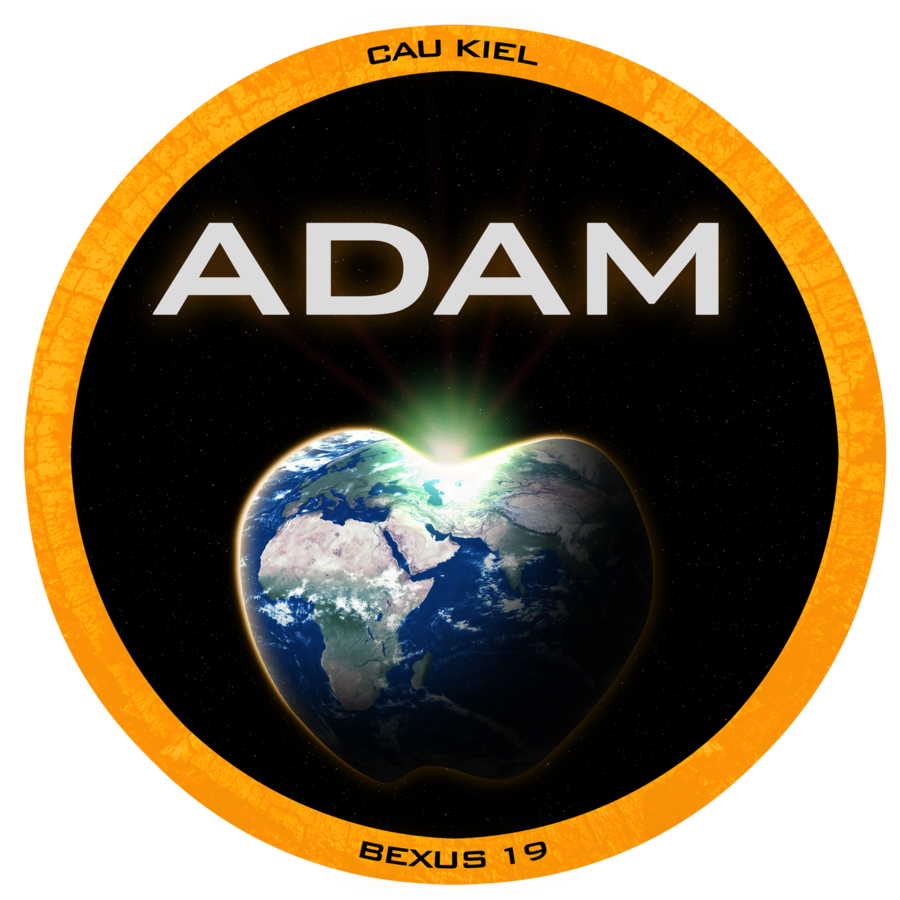 BX19-ADAM (EVA)
BX19-ADAM (EVA)
(Angular Distribution of charged particles, Atmosphere Measurement)
Launch Date: 8 October 2014
Due to the interaction of cosmic rays with atmospheric molecules, a particle shower consisting of a large number of various particles is induced in the atmosphere. The objective of team ADAM is to measure the angular dependency in respect to the zenith-angel of these charged particles in the atmosphere at a height of 25km. This is above the “Pfotzer-Maximum” at which the particle flux hits the maximum. The detection of the particles will be realised by a sensor head composed out of several silicon semiconductor-detectors (SSDs) in such a geometrical order, that conclusions about the arrival angle of incoming particles can be drawn by coincidence measurement. To optimise the sensor head we are simulating the geometric arrangement of the SSDs before the flight. As a second mission objective we plan to compare the measured data with data from planet Mars’ surface which has similar atmospheric conditions as earth in 25km height.
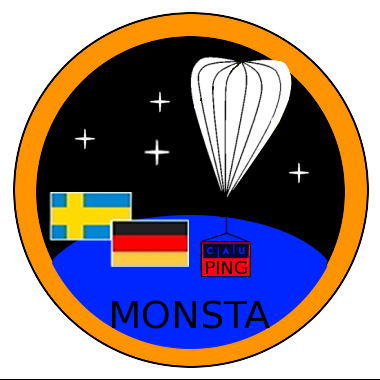 BX14-MONSTA (PING)
BX14-MONSTA (PING)
(Measurement Of Neutrons with Scintillators in The Atmosphere)
Launch Date: 24 September 2012
The intensity of galactic cosmic rays is altered by the modulation in the heliosphere and the transport in the magnetosphere before they interact with the molecules and atoms of the atmosphere. The radiation environment in the atmosphere is therefore determined by the generation of secondary charged and neutral particles i.e. electrons, muons and protons as well as neutrons and gamma rays. These particles undergo the same interactions as the primary cosmic rays leading to a particle flux maximum at a height of about 20 km (Pfotzer-Maximum). In order to measure the radiation dose it is necessary to measure the altitude dependent flux of the neutral particles i.e. neutrons, gamma rays and charged particles simultaneously. To gain the scientific objective, we are planning to use a Phoswich detector. After the balloon flight, it could be possible to distinguish between neutrons and gamma rays using a statistical method. Furthermore count rates, dose rates and pulse height spectra can be calculated after the flight.
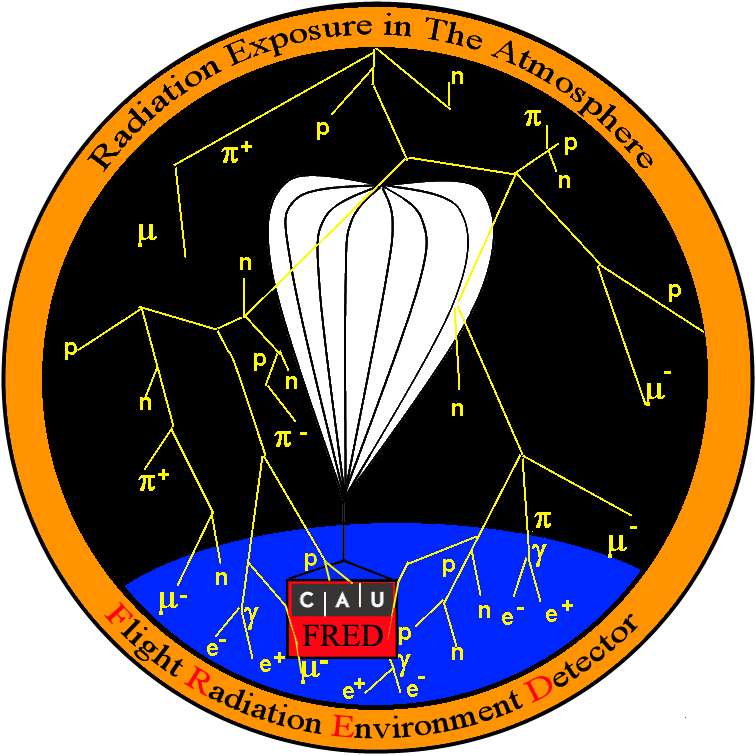 BX11/13-RETA (FRED)
BX11/13-RETA (FRED)
(Radiation Exposure in The Atmosphere)
Launch Date: 26 September 2011
The aim of the RETA experiment is to investigate radiation dose rate’s dependence on altitude, at solar minimum in high latitudes. The Earth is permanently exposed to energetic particle radiation from cosmic rays. This cosmic particle radiation yields, together with its terrestrially produced secondary particles, a natural radiation field inside the atmosphere. This complex radiation field is composed of charged and neutral particles. The charged particles are mainly protons, alpha-particles, electrons, muons and some heavy nuclei. The neutral particles are neutrons and gamma-rays. The radiation exposure is dependent on the altitude and the geomagnetic latitude, because the radiation field is modulated by the Earth’s magnetic field. For this investigation a particle telescope consisting of four segmented silicon semiconductor detectors was developed. Due to the arrangement of the detectors, it is possible to separate neutral and charged particles and the calculated dose rates can be converted into a dose equivalent rate, which is the unit for radiation protection. Because of the relatively slow rate of climb of the balloon, the dose rate dependence on the altitude up to 35 km can be measured in one flight, and therefore above and below the Pfotzer maximum.
